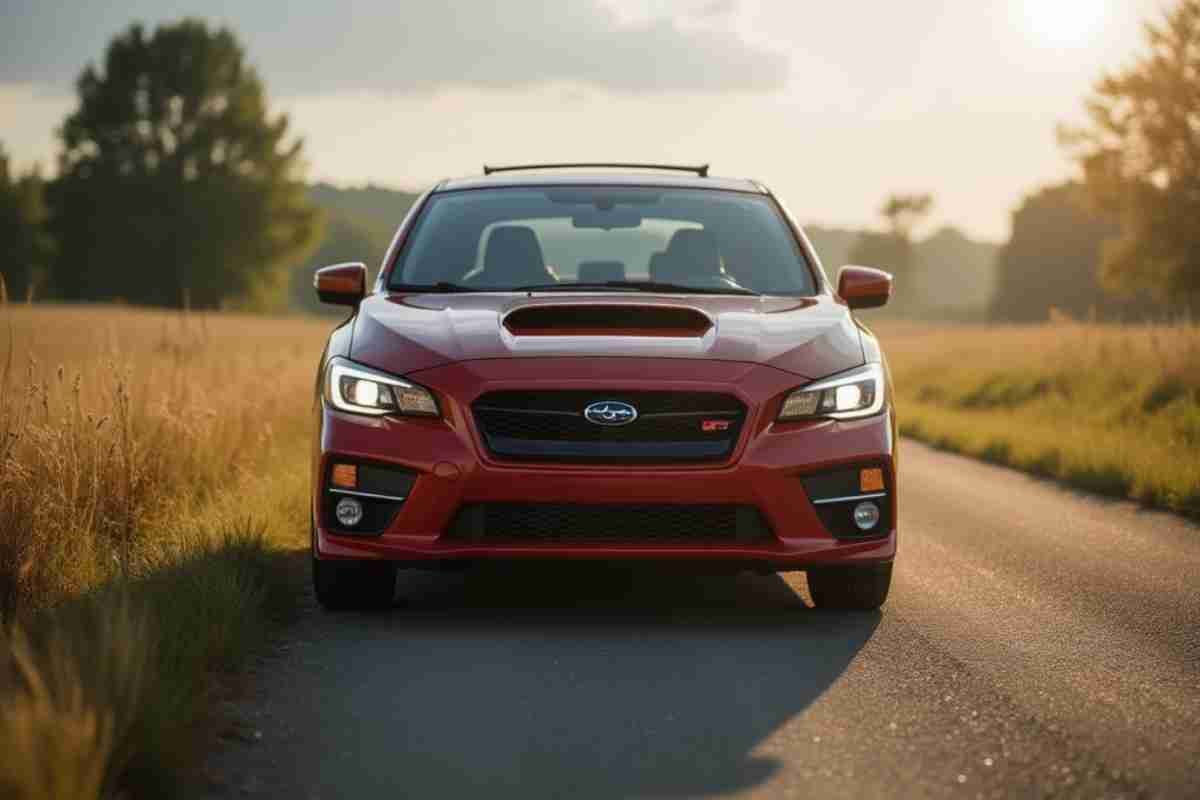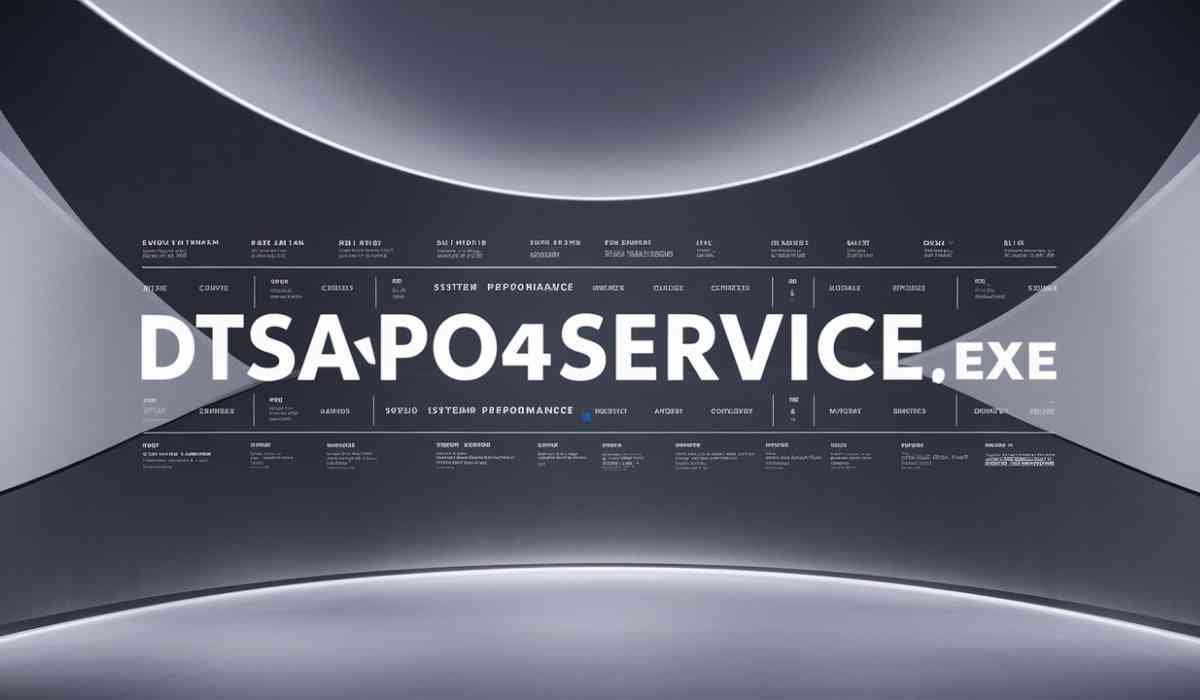Auto insurance is essential for all drivers, but if you live in a rural area, your coverage needs might be different.
Village auto insurance provides specific benefits tailored to rural and small-town drivers, ensuring the right level of protection on country roads.
Why Village Auto Insurance is Important

Driving in a rural area comes with unique risks. From unpaved roads to wildlife crossings, rural drivers face different challenges than those in urban settings. Having the right village auto insurance can help protect you from unexpected financial losses.
- Fewer repair shops and emergency services nearby make coverage essential.
- Rural areas often have higher accident risks due to poor road conditions.
- Wildlife-related collisions are more common in villages and countryside locations.
Types of Coverage in Village Auto Insurance
Not all auto insurance policies are the same. Understanding your options can help you choose the right policy. Here are the main types of coverage you should consider:
Liability Insurance (Legally Required)
This covers:
- Damage you cause to another person’s property.
- Medical expenses for others if you’re at fault.
- Legal costs if someone sues you after an accident.
Tip: Liability insurance does NOT cover your own damages or injuries.
Collision Coverage
- Pays for repairs to your vehicle after an accident.
- Covers damage from hitting another car, fence, or tree.
- Useful for rural areas where road conditions can be unpredictable.
Comprehensive Coverage
Protects against non-accident-related damage, including:
- Theft and vandalism
- Weather-related damage (hail, floods, tornadoes)
- Animal-related incidents (deer or livestock collisions)
Uninsured/Underinsured Motorist Coverage
Many drivers in rural areas don’t carry enough insurance. This coverage helps pay for your:
- Medical bills
- Car repairs if hit by an uninsured driver
- Other accident-related expenses
Additional Protection for Rural Drivers
Beyond basic policies, there are extra protections that can make a big difference:
Medical Payments Coverage
- Covers medical expenses for you and your passengers, no matter who is at fault.
- Helpful in rural areas where hospital access is limited.
Roadside Assistance
- Provides towing, jump-starts, fuel delivery, and lockout services.
- A must-have for those who drive long distances with limited service stations nearby.
Rental Car Reimbursement
- Helps cover the cost of a rental car if your vehicle is being repaired.
How to Choose the Right Village Auto Insurance
When selecting an insurance policy, consider these factors:
Assess Your Driving Habits
- Do you drive long distances daily?
- Do you often travel on unpaved or poorly maintained roads?
- Do you frequently encounter wildlife crossings?
Consider Your Vehicle Type
- Older cars may not need collision insurance.
- Expensive or new vehicles benefit from full coverage.
Look for Discounts
- Bundling policies (home and auto) can save money.
- Safe driver discounts reward good driving habits.
- Low-mileage discounts may apply to those who drive less.
Finding the Best Village Auto Insurance Provider

To get the best deal, follow these steps:
- Compare Quotes – Shop around and compare prices from different companies.
- Check Customer Reviews – Look at feedback from rural drivers.
- Work with a Local Agent – Local agents understand village-specific risks.
- Ask About Custom Coverage – Ensure your policy covers rural road conditions.
Conclusion
Village auto insurance is designed to meet the needs of rural drivers. With the right policy, you can protect your car, your finances, and your peace of mind.
Don’t wait until an accident happens—get a comprehensive policy tailored for rural living today with reliable coverage and financial protection in place.
FAQs
Why is village auto insurance important?
It covers risks like poor road conditions, wildlife collisions, and limited repair services.
What does liability insurance cover?
It pays for damage to others’ property, medical bills, and legal costs if you’re at fault.
Why do rural drivers need collision coverage?
It covers repair costs from accidents, including those caused by rough roads or obstacles.
What does comprehensive coverage protect against?
It covers theft, vandalism, weather damage, and animal collisions like deer hits.
Why is uninsured motorist coverage important in rural areas?
It helps pay for medical bills and repairs if hit by an underinsured or uninsured driver.
What extra protections are useful for rural drivers?
Medical payments, roadside assistance, and rental car reimbursement offer added security.
How can rural drivers lower insurance costs?
They can bundle policies, maintain safe driving records, and use low-mileage discounts.
How do I find the best village auto insurance provider?
Compare quotes, check reviews, and work with local agents for tailored coverage.









